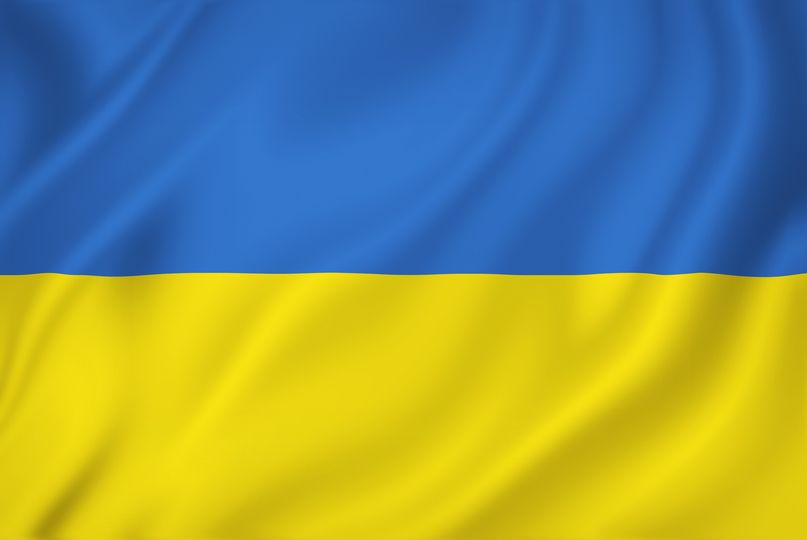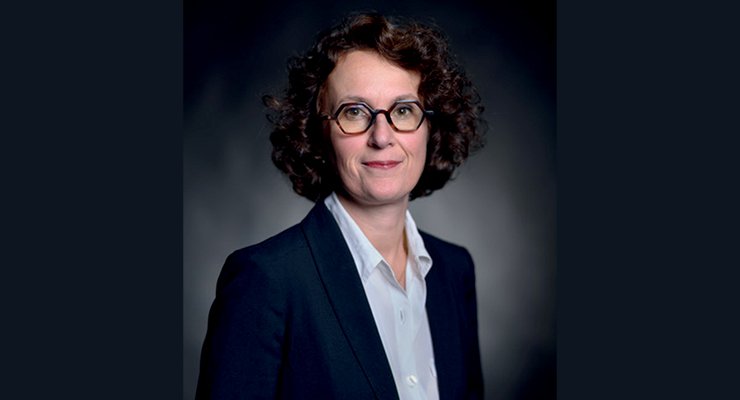A Chair dedicated to “Digital Processes in Forensic Science”
The cluster Sorbonne Universities has a thematic Chair, FaciLe which associates 8 specialties around a new research thrust: digital cranio-facial reconstruction for use in forensic science and autopsy investigations. The instigators are UTC, Paris 6‑UPMC, MNHN and Paris Hospitals AP-HP, who together aim to contribute to this new research field under the Cluster Sorbonne Universities. The programme is initially aimed at legal medicinal needs (forensic …) and will later be deployed in other fields such as archaeology and bio-engineering …
Objectives
Teacher responsible for the chair : Frédéric Marin
Scientific objectives
The objective is to develop mathematical methods and logic tools to build a virtual face structure based on data from a 'dry' (bare) skull. The challenge for the scientists is to be able to contribute, using visualization techniques available in immersive 3D, being to positively identify a person (or an animal) whose identity is unknown.
Strategic objectives
The Chair relies on expertise and know-how of the partners involved to develop a new format of investigation for facial reconstruction, i.e., different from statistical methods explored hitherto. Gaining mastery of new tools and models, acquiring new skills in this area and improve ng the profile of students to work later at the interfaces offers a strategic field that the project will help shape in a coherent manner, with the prospect of generating technology transfer operations.
An interdisciplinary research project
This project contributes to the emergence of a new research area associating the work of research scientists of eight research units:
- anthropology
- biology
- bio-mechanical engineering sciences
- computer sciences and applications
- mechanical engineering
- theoretical and applied mathematics
- forensic sciences
- maxillo-facial surgery
- archaeology and history
The project also serves to build up a scientific community in the digital field of applications for forensic medicine and anthropology. Using the techniques of continuous deformation (morphing and warping), the approach as proposed integrates anthropological data and takes into account various bio-physical properties of soft human tissues. The idea is to reach a global vision of knowledge and to expose students to state-of-the art and promising future sciences involved: investing in research via a methodological approach and ensure a generic construction and reproduction to 3D protocols and processes.
Contacts de la recherche à l'UTC



